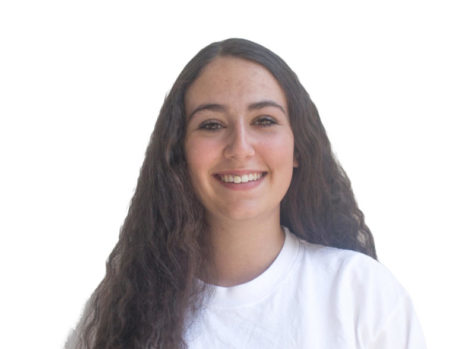106 degrees in San Francisco.
That’s a statement most Bay Area residents would not expect to hear, but it became reality on Sept. 1.
Scorching hot weather plagued the whole Bay Area as temperatures rose starting Aug. 31, not cooling off until Sept. 4.
In Belmont, the maximum temperature reached 107 degrees, according to Weather Underground.
“I’ve never seen anything like this in my 51-year lifespan. These records have been around for 150 years. It’s unprecedented,” said meteorologist Steve Anderson from the National Weather Service to Mercury News.
Many people are quick to blame climate change for this issue after this heat wave occurred in conjunction with Hurricane Harvey and the imminent threat of Hurricane Irma.
Scientists, though, say otherwise.
In an interview with Mercury News, climate scientist Ben Santer said, “This is expected behavior. It’s not some vast scientific surprise. The expectation has been that we are going to see more heat records, and that’s what we are seeing.”
In essence, what scientists are saying is that while climate change and global warming are not directly causing the heat waves and other exaggerated weather patterns, the extra heat in the atmosphere is exacerbating their extremity.
To some, the heat may simply seem like a minor inconvenience. For many, however, being exposed to it was dangerous and even life threatening. Elderly and sick people, as well and children and pets, were encouraged to stay inside because of the possible danger to their health. Others were warned to stay properly hydrated and to limit the time they spent outside.
Tips for surviving #HeatWave:
1) Drink lots of water
2) Stay in the shade
3) Pray for my return— Karl the Fog (@KarlTheFog) September 2, 2017
At Carlmont, many students felt uncomfortable in classrooms that did not have any air conditioning. As the heat peaked on Sept. 1, temperatures inside the classrooms rose as well. Most of the classrooms in the newer buildings do have air conditioning, but the old classrooms must rely on fans to stay cool.
Jade Sebti, a senior who felt the impact of the heat wave while she was in her classes, said, “The lack of air conditioning is a problem because it distracts kids from learning. They are so focused on staying cool that it is hard to learn the material at hand or even to listen to the teachers.”
The route to Half Moon Bay was full of bumper-to-bumper traffic as much of the Bay Area population tried desperately to escape the heat. Many, like Sebti, also went to Tahoe as the temperatures were much cooler there. Bay Area cities even opened cooling centers to target those who were especially at risk.
As the atmosphere continues to heat up, California can expect to continue seeing heat waves in the future years.


